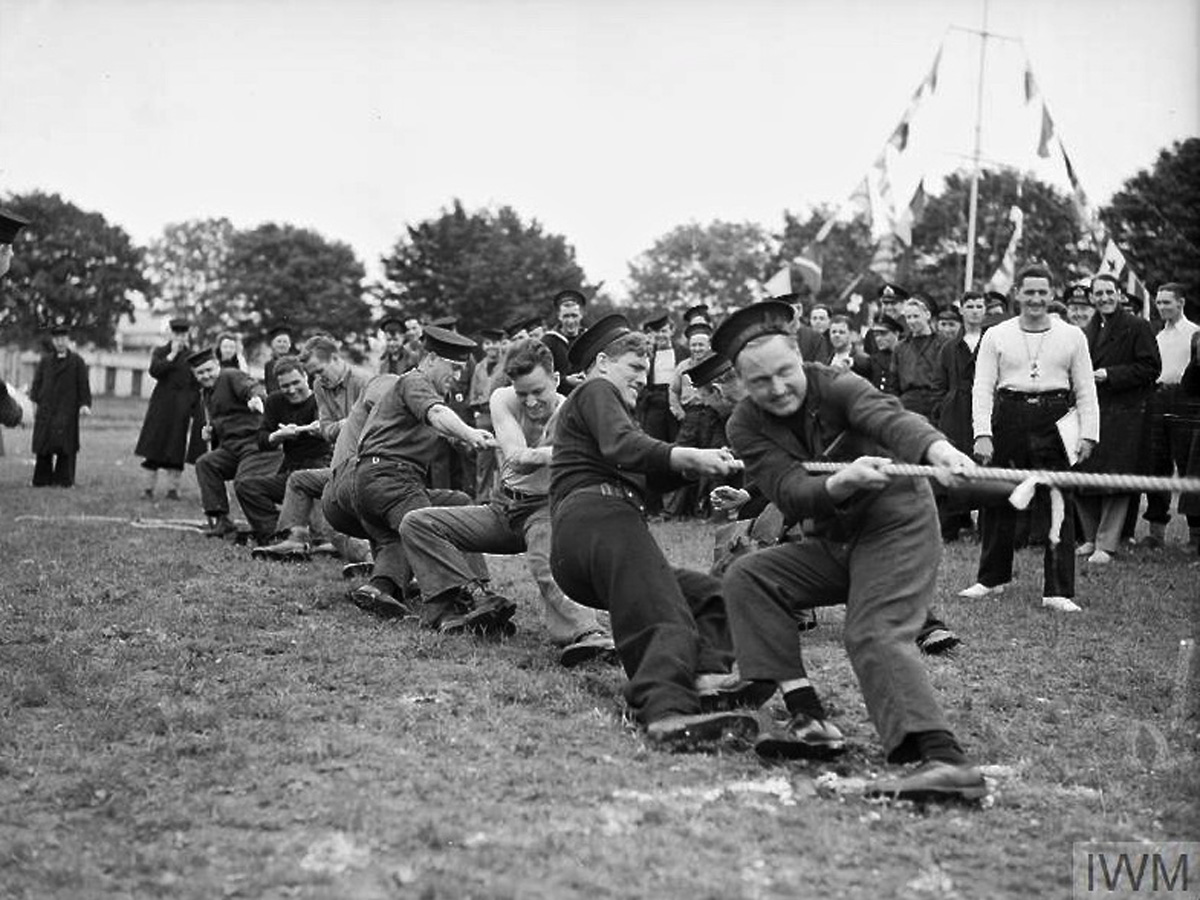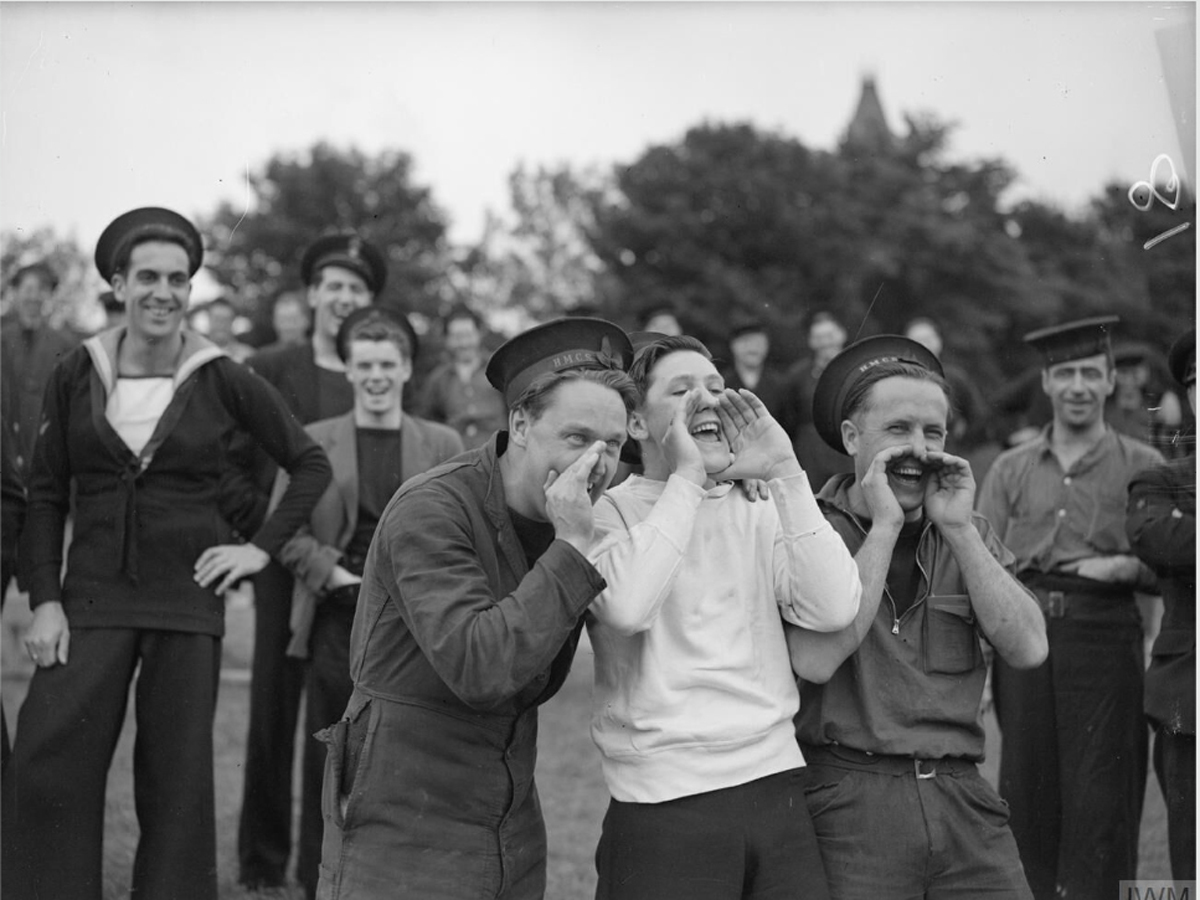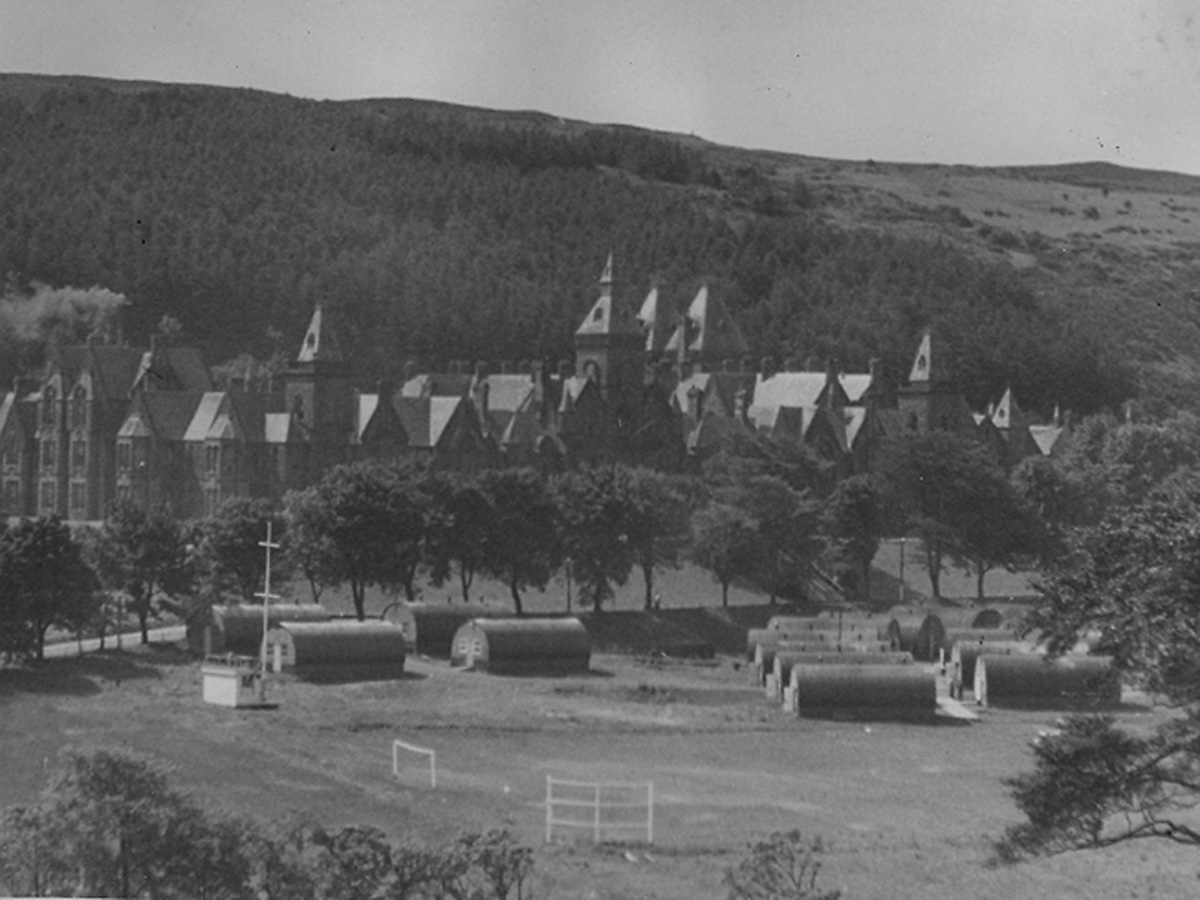The forgotten history of HMCS Niobe: in celebration of Tartan Day, April 6
By Lookout Production on Apr 06, 2023 with Comments 0
Clare Sharpe
CFB Esquimalt Naval & Military Museum
—
As we celebrate the heritage and history of Scotland on Tartan Day (April 6), it’s worth recalling the Royal Canadian Navy (RCN) once operated a ‘secret’ base there during the Second World War.
For five years, Smithston in Greenock, Scotland, flew under the flag of the RCN. From 1941-1946, working out of the former Smithston Poorhouse and Asylum, around 20 RCN officers and staff administered 3,000 Canadian sailors and 100 Canadian Wrens (members of the Women’s Royal Canadian Naval Service). They were headquartered in an imposing Scottish baronial-style mansion of sandstone and slate, originally built in 1876 to house people living in poverty and those living with mental health challenges. In 1939, these premises were requisitioned by the British Admiralty, and repurposed as the UK headquarters of the Canadian Navy.
The property was renamed HMCS Niobe (2nd), in honour of Canada’s first warship, an 11,000-ton Diadem-class destroyer commissioned in 1910. An earlier RCN establishment in England, also called Niobe (2nd) closed in June 1941; the RCN considered that a manning depot was no longer necessary in Britain. Most of the RCN’s destroyers and corvettes were needed back in Canada to protect vital shipping.

SPORTS DAY AT HMCS NIOBE, GREENOCK, JUNE 1943 (A 17260) A team of Canadian sailors (stokers) take part in Tug-of-War game during the sports day of HMCS NIOBE. In the background are spectators and a PT instructor as the official. Copyright: © IWM. Original Source: http://www.iwm.org.uk/collections/item/object/205186456
But then the creation of the Newfoundland Escort Forces, based in St. John’s, Nfld., led to a major shift in HMC Ships operations. As the tempo of the war increased, more Canadian warships entered UK waters, and more Canadian naval personnel were drafted to the British Isles for duty or training. Large numbers of Canadians sailors were in the UK awaiting new ships, or waiting for ships to come out of refit, or becoming part of the Mid-Ocean Escort Force. The requirement to re-open a manning facility was pressing. To meet the increasing need for a base/manning depot in the UK, Niobe was again commissioned, this time at Greenock, Scotland. The Scottish location made sense: Canadian ships typically used Greenock or Gourock as a berthing place.
The wartime activities at HMCS Niobe were covered by a blanket of censorship.

Sports day at HMCS Niobe, Greenock, Scotland, June 1943. Photo courtesy of the Imperial War Museum, UK.
This ‘stone frigate’ comprised 250 acres, including the main mansion buildings and 52 temporary huts. It was the only establishment of its kind in Britain taken over by Canadians. Niobe had kitchens capable of feeding 1,500 civilians in an emergency, its own 100-bed hospital, and equipment for firefighting, air raid protection and even decontamination in case gas bombs were released on it.
HMCS Niobe acted as a parent ship to Canadian warships and also as an accounting base, manning pool, and hospitalization centre. It also had its own variety party, a military band, and a dance band. The military band performed for over 100 radio broadcasts, including a number from London. There were football, baseball, hockey, softball and ice hockey teams.
According to a 1988 article from the Greenock Telegraph newspaper, “the people of Greenock learned to love these men and women from the Canadian towns and prairies”. Many found sweethearts in Greenock; some took their brides or grooms home to Canada, others stayed there to start families.
In autumn 1945, the Canadian flag was struck at Smithston and the building gradually turned back to its former function, now under the name Ravenscraig hospital.
Filed Under: Top Stories
About the Author:






